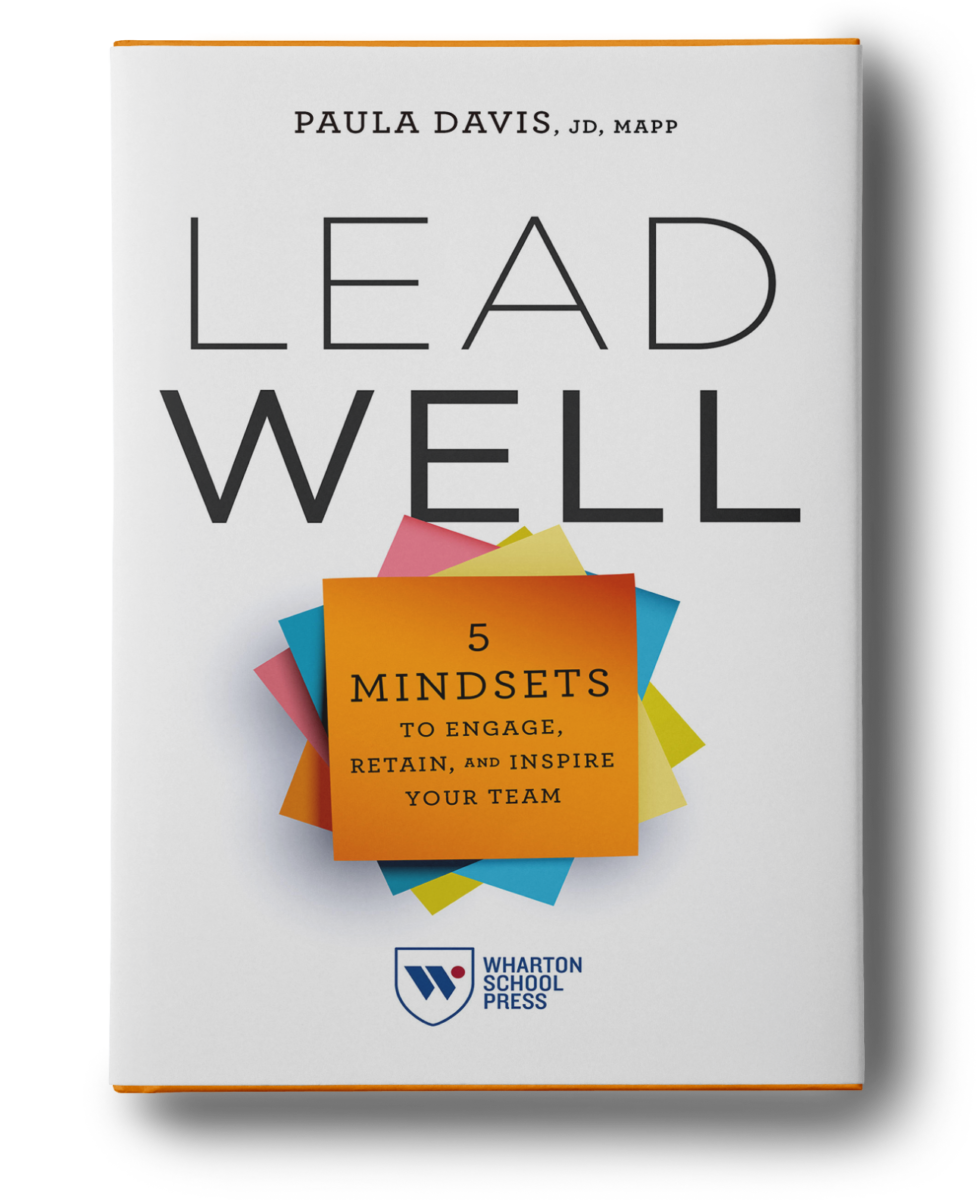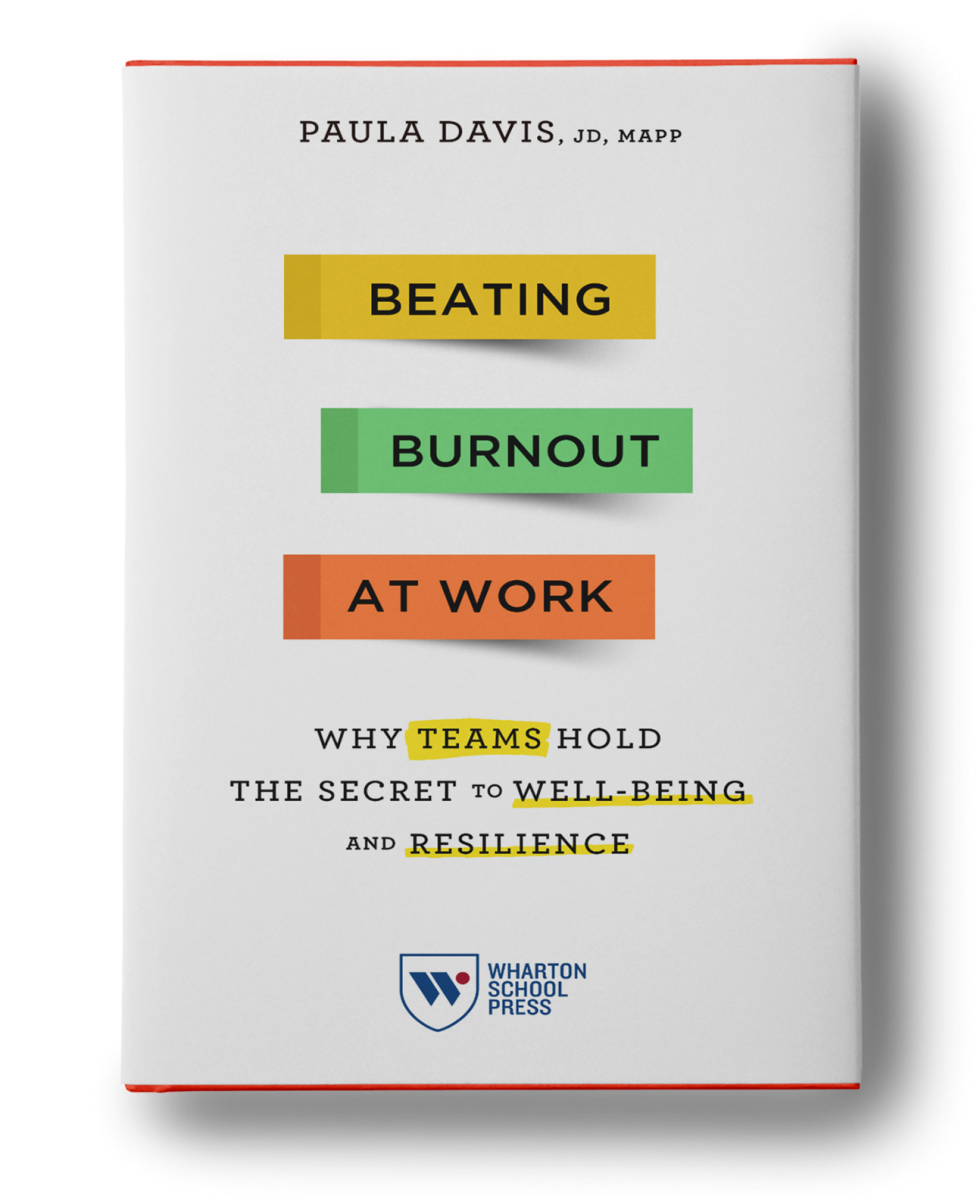Keeping busy at all costs is the cultural status quo, but the drive to do more is impacting our families, our work, and our health. The result of being Addicted to Busy is not only a lack of time, but also exhaustion, anxiety, guilt, fear, social comparison, inauthenticity and physical illness. I am keenly aware of the price of crazy busy as the constant drive to achieve and push to fill my plate with degrees, accomplishments, board positions, awards, and “things to do,” led me to burnout during the last year of my law practice. The so-called mid-life crisis is a thing of the past as burnout is happening a lot sooner in life and is hitting women hard.
I asked my Facebook group about their perceived levels of free time, and here are some of their responses:
** “I’ve always been one of those people that feel ‘bad’ about relaxing since I could/should be doing something productive with that time.”
** “If I had my child involved in ‘everything’ that is recommended for him to have a good college application, I would have no free time!”
** “I don’t have enough free time…I only have one child at home and work very part-time and I am busy from waking until collapsing in bed every night…Life is very busy…I would say I have a half hour to myself each day.”
** “I have enough free time now, but I did not have enough free time during much of my life while I was raising children.”
Distraction and disconnection, outdated workplace policies that don’t match the way we live and work today, and intense parenting all fuel being Addicted to Busy. It has been shown that most workers switch tasks every 3 minutes; and, for every interruption it takes 10-20 times the amount of the interruption time to return to the original task. The result is a lot of wasted and fragmented time and it kills productivity. Face time is still king at many companies and employees are rigidly judged by how many hours they spend at work. Lastly, our culture has set such an insanely high standard for parents. Fueled by fear and guilt, many parents rarely feel like they’re doing or being enough (Schulte, 2014; Spira, 2011).
Addiction to Busy is a complex problem with societal, workplace, and individual traits as components; however, these four strategies have been shown to address some of the root causes driving crazy busy:
1. Determine your “Giver Type.” In his book Give and Take, Dr. Adam Grant offers a unique perspective on success and classifies people as givers, takers, or matchers based on their styles of social interaction. Takers like to get more than they give, givers are other-focused and prefer to pay attention to what other people need from them, and matchers are a blend, wanting an equal balance between giving and taking. Dr. Grant has identified different sub-sets of givers, two of which are “selfless” givers and “otherish” givers. Selfless givers give their time and energy without regard to their own needs (hey – it’s 3pm and I haven’t eaten yet today!). Selfless giving, in the absence of recovery, becomes overwhelming and can drive burnout. Otherish givers, however, find a way to balance giving with their own self-interest and self-care. As you probably guessed, selfless givers are more likely to burn out. You can determine your giving style at www.giveandtake.com.
2. Realize that we are building the plane as we fly it. When I started working for the Army teaching and training resilience skills to soldiers, launching the program was more important to the Army than making sure every single skill was perfectly designed. Army officials said of the program, “We are building the plane as we fly it.” When my mom was a teenager, her high school didn’t offer sports programs for girls because Title IX didn’t exist. Both of my grandmothers did factory work because getting an education beyond high school wasn’t emphasized, and even if they had gone to college, their professional options were limited. That’s not the case today. Women have many opportunities to pursue their educational and professional goals, but the problem is that we don’t have a model to follow – we’re “building the plane as we fly it.” Media messages, societal expectations, and the pressure we put on ourselves (and each other) have resulted in an impossible standard – “do it all and do it perfectly.” As a result, most working professionals I know are exhausted and burned out.
3. Talk about the struggle & offer some empathy. In order to ease the pressure we all put on ourselves (and each other), we need to talk more about the struggle, and that requires courage. Shame keeps us tethered to the belief that we must be the only ones flailing and failing and that prevents us from reaching out. What are you struggling with – tell me that because I bet I know dozens of other people going through the same thing. And when someone has the courage to let their guard down and show you the imperfections, respond with empathy. Brené Brown discusses the distinction between empathy and sympathy beautifully in this short video. Empathy fuels connection, and in order to respond empathically, you have to connect with something within that knows that feeling, and that takes courage. Rarely can a response make something better; what makes something better is connection.
4. Understand what really drives the guilt. Guilt is the predominant emotion of many women I know and just about every parent I talk to. One of the most interesting things I learned in my resilience training is that you can categorize or “type” your thoughts. The emotion of guilt is driven by thoughts in the category of “I have let someone down.” When you feel guilty, think about your thinking in the moment and check to see whether the “I have let someone down” theme is lurking in the background. For example, many high-achievers think they are falling short of expectations on some level – letting down their parents, a teacher, or maybe their own exceedingly high standards. Many moms worry that they are letting down their bosses or their colleagues when they spend time caring for a sick child or rush out of work to see their kid’s dance recital; then they worry about scarring their kids for life because they stayed late to work and couldn’t make it home for dinner. Damned if you do, damned if you don’t, and it zaps so much energy.
I’ve developed a short worksheet to help you reframe those “I have let someone down” thought themes – please email me if you would like a copy.
Traditional time management techniques might help in the short term, but ultimately only serve to put a Band-Aid on a much deeper problem.
Rather than focus on perfection, why not focus on what brings you joy and meaning? Choose one strategy that will help you move forward in a less crazy busy direction and embrace the perfectly imperfect journey.
For more strategies and tips to thrive under stress, check out our most popular ebook, Addicted to Busy: Your Blueprint for Burnout Prevention. You can also learn about our training and workshop programs here.
__________________________________________________________________________________
References: Schulte, B. (2014). Overwhelmed: Work, Love and Play When No One Has the Time. New York: Sarah Crichton Books. Spira, J.B. (2011). Overload! How Too Much Information is Hazardous to Your Organization. Hoboken, NJ: John Wiley & Sons, Inc.







